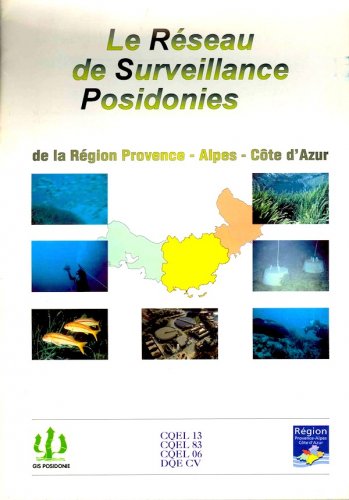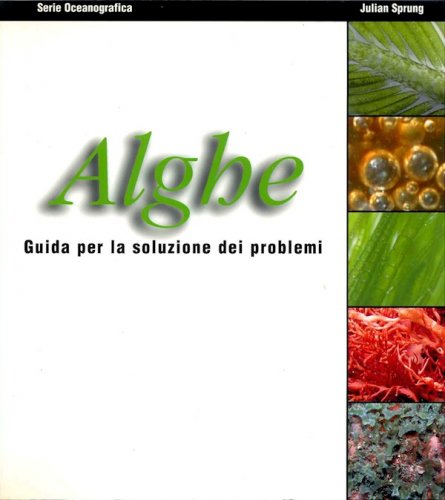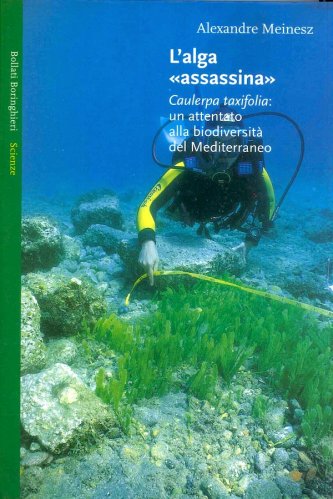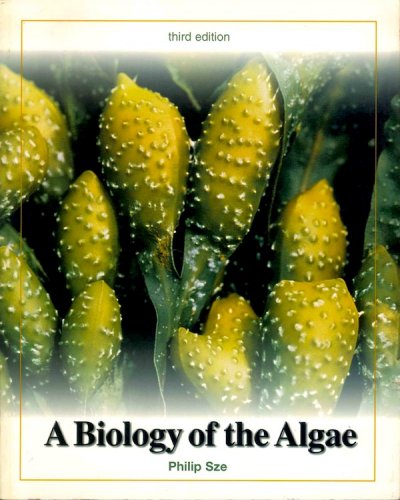Algae
nutrition, pollution control and energy sources
Algae
nutrition, pollution control and energy sources
- Disponibile in 7 giorni
- Possibilità di reso entro 10 giorni lavorativi
- Transazione sicura con carta di credito, Paypal o bonifico bancario
- Spedizione tracciata con SDA
Algae are photosynthetic organisms that occur in most habitats, ranging from marine and freshwater to desert sands and from hot boiling springs to snow and ice. They vary from small, single-celled forms to complex multicellular forms, such as the giant kelps of the eastern Pacific that grow to more than 60 meters in length and form dense marine forests. Algae are found in the fossil record dating back to approximately 3 billion years in the Precambrian. They exhibit a wide range of reproductive strategies, from simple, asexual cell division to complex forms of sexual reproduction. Algae are important as primary producers of organic matter at the base of the food chain. They also provide oxygen for other aquatic life. Algae may contribute to mass mortality of other organisms, in cases of algal blooms, but they also contribute to economic well- being in the form of food, medicine and other products. In tropical regions, coralline algae can be as important as corals in the formation of reefs. Seaweeds are larger algae that live in the marine (salt or brackish water) environment. Kelps are large brown seaweeds in the genera Pelagophycus, Laminaria, Macrocystis, etc. In the Pacific, individual kelp plants may reach 65 meters in length. Marine algae, as primary producers, are ecologically important, and economically have been used as food and medicines for centuries. Today, various species of marine algae provide not only food but also produce extracts such as agar, carrageenans, and alginates. These extracts are used in numerous food, pharmaceutical, cosmetic, and industrial applications. This new book presents the latest research from around the world in this increasingly important field.









